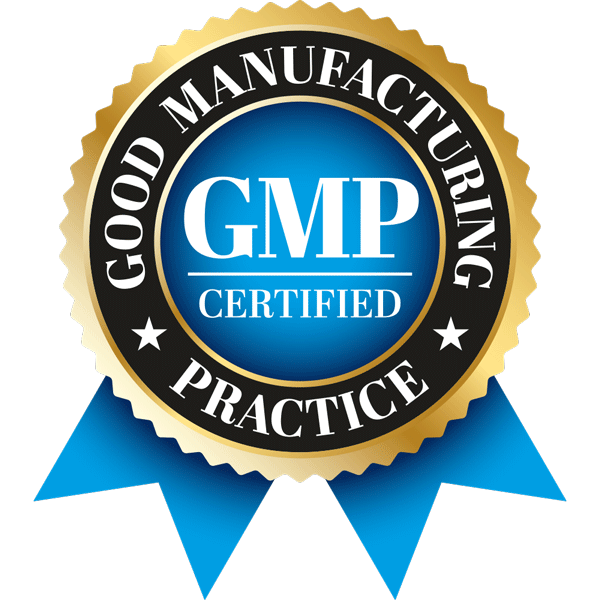
How to Qualify Sterile Fill Line Equipment: Key Steps and Best Practices for Compliance
Introduction
In the pharmaceutical and biotech industries, ensuring the sterility and quality of products is essential. One key factor in maintaining product safety is the qualification of sterile fill line equipment. Properly qualifying this equipment ensures it meets the standards required for aseptic processing, helping companies maintain FDA compliance and protect patient health.
In this article, we’ll walk you through the key steps and best practices for qualifying sterile fill line equipment, breaking down complex processes into simple actions you can take to ensure compliance and high-quality production.
What Is Equipment Qualification?
Equipment qualification is the process of ensuring that equipment operates within predefined parameters and meets the necessary quality standards. For sterile fill lines, this means ensuring that the machines used to fill sterile products are properly installed, operate efficiently, and consistently meets required performance specifications.
Key Steps for Qualifying Sterile Fill Line Equipment
Qualifying sterile fill line equipment involves three main steps: Installation Qualification (IQ), Operational Qualification (OQ), and Performance Qualification (PQ). These steps ensure that the equipment is set up correctly, works as expected, and delivers consistent results during actual production. Let’s break down each step.
1. Installation Qualification (IQ)
Purpose: Confirm that the equipment is installed properly according to manufacturer specifications and design requirements.
Key Activities:
- Verify that the equipment is assembled and installed in the correct location.
- Check that necessary utilities like air, water, and electricity are connected.
- Ensure all components, software, and accessories are in place and meet specifications.
Best Practice: Use a detailed checklist to track each installation step. This documentation will help resolve any issues quickly, especially if you need to coordinate with the equipment manufacturer later.
2. Operational Qualification (OQ)
Purpose: Confirm that the equipment operates as intended under the specified conditions.
Key Activities:
- Test critical functions such as temperature control, pressure, and automation systems.
- Simulate worst-case operational scenarios to ensure the equipment can handle different conditions.
- Calibrate sensors and instruments to ensure accurate performance.
Key Equipment:
- Temperature validation equipment is often needed for operational qualification testing.
- In the case of depyrogenation tunnel temperature mapping, autoclaves, sterilization cycles are key.
Best Practice: Use a risk-based approach to identify and focus on the most critical functions during testing. For instance, when qualifying a filling machine, test its full range of operations, from the minimum to maximum fill volumes and speeds, to ensure all possible operating conditions are covered.
3. Performance Qualification (PQ)
Purpose: Verify that the equipment consistently produces results that meet quality standards under actual production conditions.
Key Activities:
- Run the sterile fill line with actual product or product simulation.
- Perform media fill tests to confirm the sterility of the process.
- Check the consistency of critical parameters like fill volumes and sterility assurance levels (SAL)
Best Practice: Conduct multiple runs during PQ to capture any variability in performance. Using biological indicators alongside temperature verification will provide extra confidence in the equipment’s sterility capabilities.
Best Practices for Qualifying Sterile Fill Line Equipment
To ensure a successful equipment qualification process, follow these best practices:
- Engage Cross-Functional Teams: Involve teams from quality assurance, engineering, and operations. Each team brings valuable insights, helping to ensure the sterile fill line is fully evaluated and documented.
- Implement a Risk-Based Approach: Focus on the areas with the highest risk of contamination or failure. This helps prioritize testing efforts and ensures critical areas are addressed first and resources are assigned effectively.
- Maintain Detailed Documentation: Keep comprehensive records of every step in the IQ, OQ, and PQ processes, including any test results, deviations, and corrective actions. This documentation is crucial for audits and inspections.
Pro Tip: Use a trace matrix to show that all qualification requirements have been tested and met. - Validate Cleaning and Sterilization Processes: Ensure the sterile fill line is cleaned and sterilized according to validated procedures before qualification tests. This guarantees that the equipment is free from contaminants during testing
- Regularly Requalify Equipment: Even after initial qualification, requalification is important. Equipment wear and tear, changes in production, or routine maintenance can impact performance. Schedule and communicate requalification dates with other departments to ensure continued compliance.
Why Equipment Qualification Is Essential for FDA Compliance
The FDA requires strict adherence to good manufacturing practices (GMP) for all equipment used in the production of sterile products. Equipment qualification is a core component of these GMP requirements. Qualifying sterile fill line equipment does the following:
- Maintaining Product Quality: Proper qualification prevents contamination and ensures every product meets the required specifications.
- Prioritizing Patient Safety: Qualified equipment reduces the risk of product failures, protecting patients from harmful consequences.
- Achieving Regulatory Compliance: Detailed qualification records help demonstrate compliance during FDA audits and inspections.
Conclusion: Setting Up for Success with Sterile Fill Line Qualification
Qualifying sterile fill line equipment is a complex but vital process for pharmaceutical companies. By following the key steps—Installation Qualification, Operational Qualification, and Performance Qualification—and applying best practices, you can ensure that your equipment meets FDA standards and consistently produces safe, sterile products.




